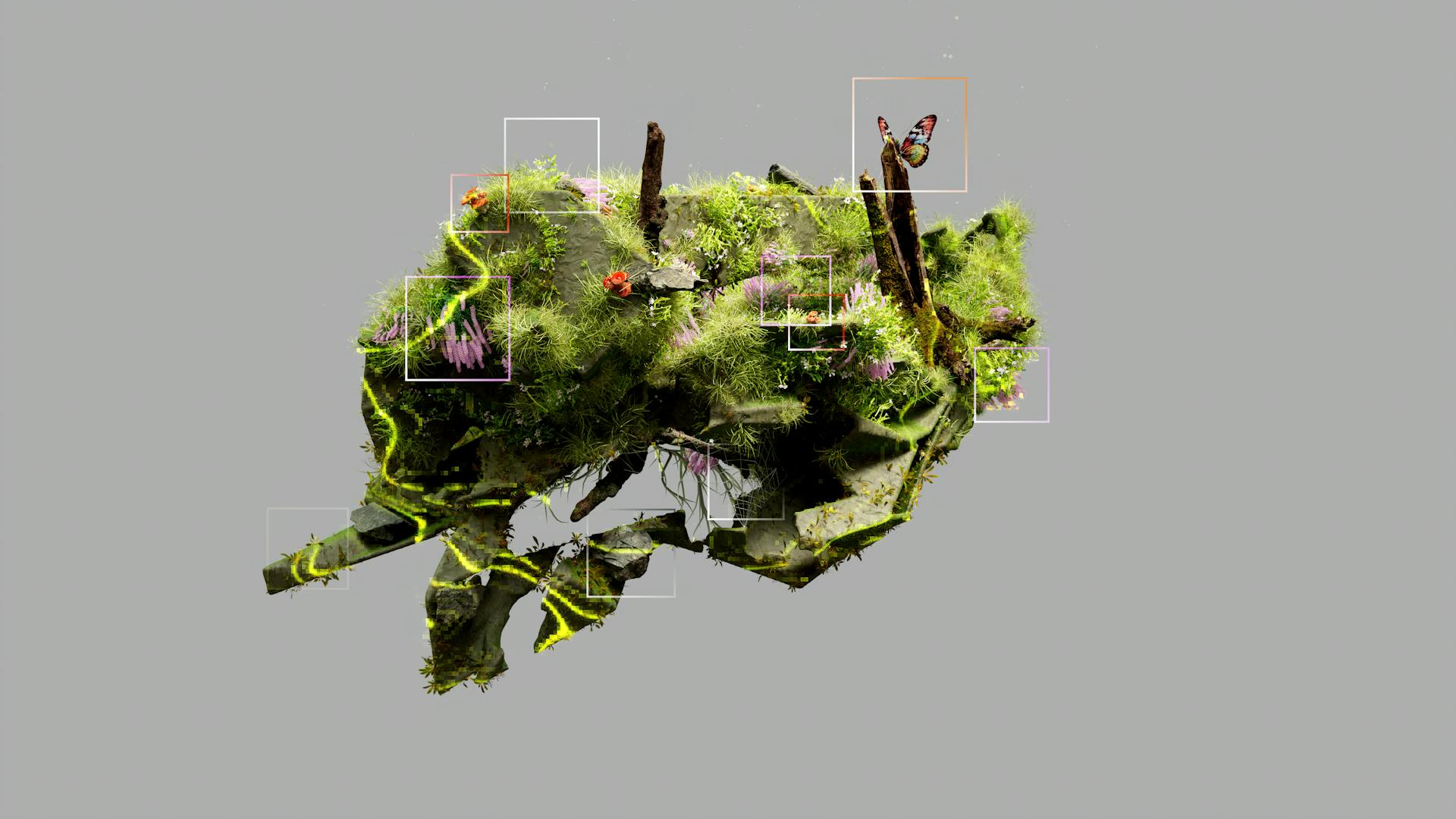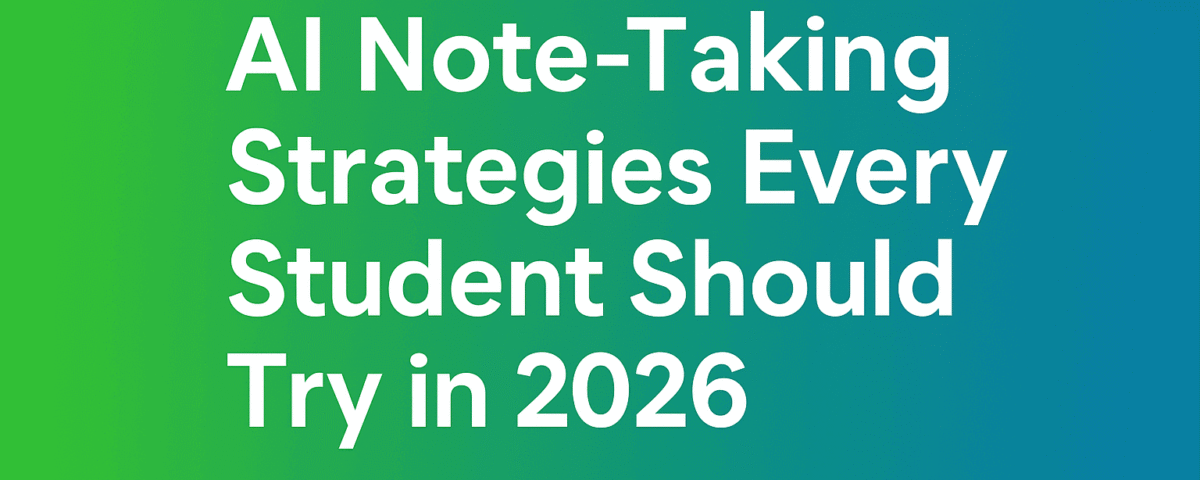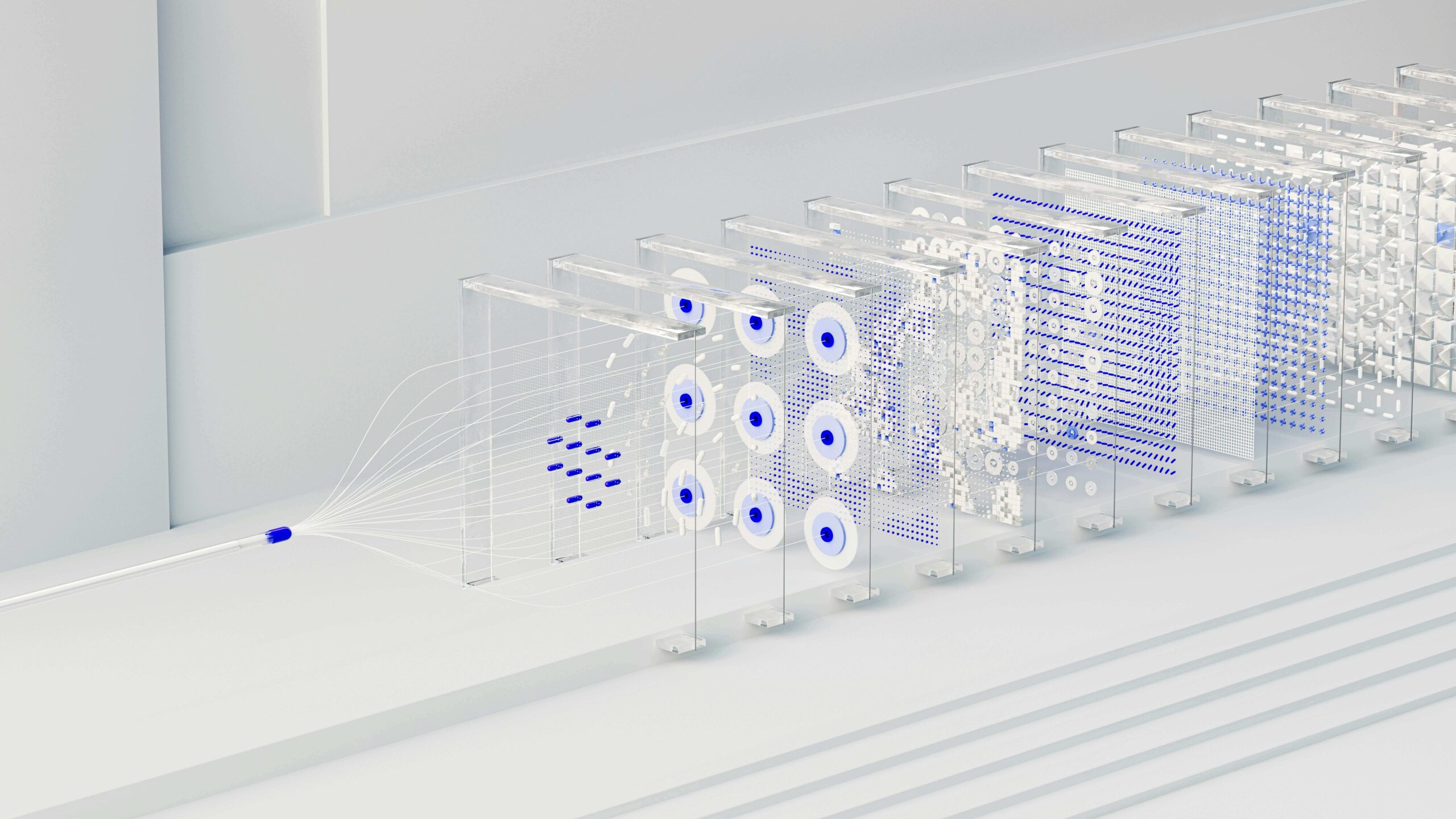Artificial Intelligence (AI) is one of the most exciting fields in technology today, but if you’re just starting out, the terms AI, Machine Learning (ML), and Deep Learning (DL) can feel confusing. You might hear people use them interchangeably, but they’re actually different layers of the same concept.
In this beginner-friendly guide from Learnaimind, we’ll break it down with simple explanations, examples, and practical applications so you can understand the differences clearly.
1. What is Artificial Intelligence (AI)?
At its core, Artificial Intelligence is the ability of machines to perform tasks that normally require human intelligence.
Think of AI as the umbrella term that covers everything from a program that recommends movies on Netflix to self-driving cars.
Practical Examples:
- Smart assistants like Siri, Alexa, or Google Assistant
- Recommendation systems on YouTube, Spotify, or Amazon
- AI in healthcare that analyzes medical images
Key Point: AI is the big picture. It’s about machines doing intelligent things — not necessarily how they learn to do it.
2. What is Machine Learning (ML)?
Machine Learning is a subset of AI. It’s the method by which machines learn from data instead of being explicitly programmed.
Instead of giving the computer step-by-step instructions, you give it lots of examples, and it figures out patterns or makes predictions.
Practical Examples:
- Spam filters in your email
- Predicting stock prices or weather
- Recognizing handwriting or images
How it Works (Simplified):
- Collect Data – For example, pictures of cats and dogs.
- Train the Model – The computer learns patterns from these pictures.
- Make Predictions – Give it a new picture, and it predicts whether it’s a cat or dog.
Key Point: ML is about learning from data, whereas AI is the broader goal of making machines intelligent.
3. What is Deep Learning (DL)?
Deep Learning is a subset of Machine Learning. It uses something called neural networks — algorithms inspired by the human brain — to learn from huge amounts of data.
DL is best for complex tasks that require analyzing patterns in unstructured data like images, audio, and video.
Practical Examples:
- Face recognition in photos
- Voice assistants understanding natural language
- Self-driving cars detecting objects on the road
How it Works (Simplified):
- Imagine multiple layers of “neurons” processing information.
- Each layer extracts features from the data, learning increasingly complex patterns.
- The model improves automatically as it processes more data.
Key Point: Deep Learning is like a specialized, super-powered ML, best for tasks where patterns are too complicated for traditional ML algorithms.
4. AI vs ML vs DL: The Key Differences
| Feature | AI | Machine Learning (ML) | Deep Learning (DL) |
|---|---|---|---|
| Definition | Machines performing tasks that mimic human intelligence | Machines learning patterns from data | Machines learning from data using neural networks with many layers |
| Data Requirement | Can work with rules or data | Needs data to learn patterns | Needs large datasets for best performance |
| Complexity | High-level concept | Moderate | High |
| Examples | Smart assistants, robotics | Spam filters, recommendation engines | Self-driving cars, facial recognition, voice assistants |
Tip: Think of it like this:
AI = The big goal → make machines intelligent
ML = One way to achieve AI → machines learn from data
DL = A powerful technique within ML → uses neural networks for complex tasks
5. Why This Matters for Beginners
Understanding the difference between AI, ML, and DL is practical and useful:
- Helps you choose the right tools and learning path.
- Avoids confusion when reading articles, taking courses, or attending workshops.
- Gives you context for real-world applications and career opportunities in AI.
Practical Tip from Learnaimind:
Start learning AI with high-level concepts first. Once comfortable, try ML projects with small datasets, then explore DL projects when you’re ready to handle larger data and more complex problems.
6. Quick Practical Example You Can Try Today
Let’s make it tangible:
- Go to Google Teachable Machine (free online tool).
- Upload a few images of two objects (like apples and oranges).
- Train a model.
- Test it with new images.
This simple exercise shows AI in action (model predicting objects), ML at work (learning patterns), and even a tiny taste of DL concepts if the tool uses neural networks behind the scenes.
Conclusion
To sum up:
- AI is the broad goal — making machines smart
- ML is a way to achieve AI by learning from data
- DL is a powerful ML technique using neural networks for complex data
At Learnaimind, we believe that anyone can learn these concepts with the right guidance and practice. Start exploring, experiment with small projects, and step by step, you’ll understand the amazing world of AI.







